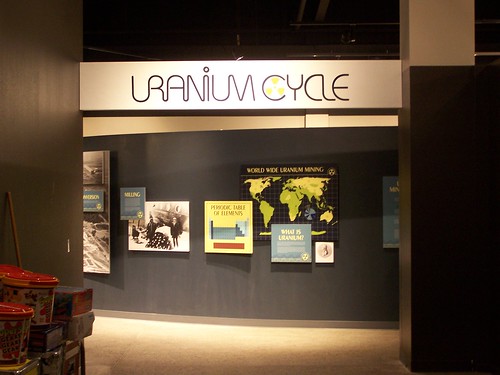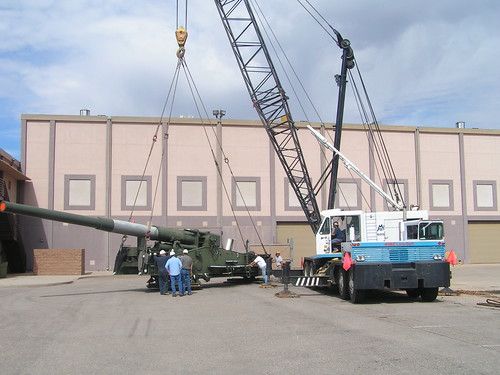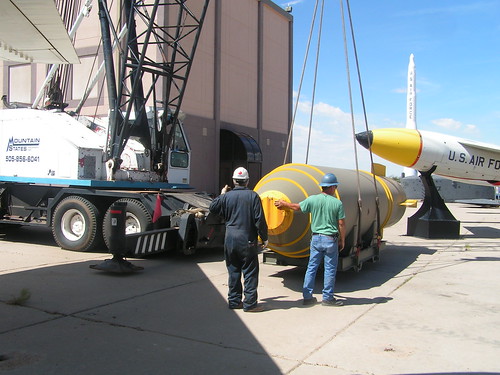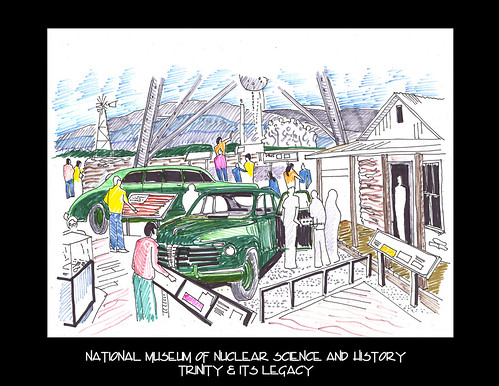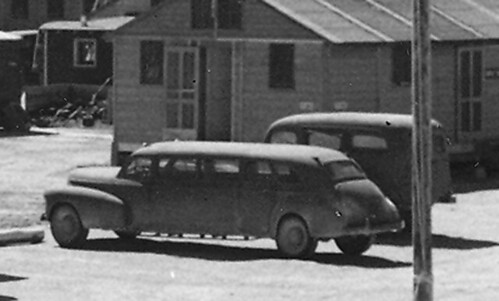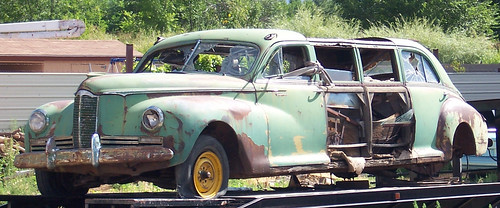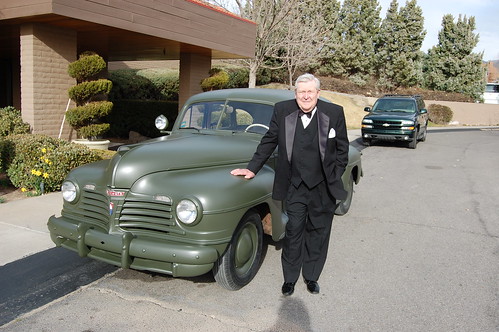The staff is exhausted, to say the least, but cannot express our excitement over sharing this triumph to the world. We can't wait to open the doors, and welcome guests from all over the world to learn about the science, physics, history, politics, origins, and future of the nuclear world. Our World.
We can't wait to share our new treasures, like the 1942 Packard Clipper - "Oppie's Ride":
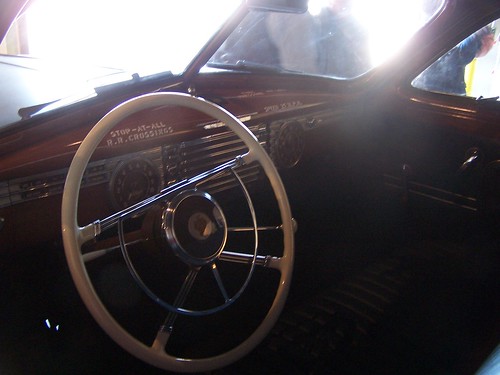
She came home yesterday, much to our delight. She is beautiful and ready for her debut.
If you are able to make it out to any of our opening events this weekend, please take a moment to smile and thank any staff member or volunteer that you recognize. We are blessed to have a generous & dedicated group of people involved in this project from the early beginnings to the very end, and those people have given more to this museum than anyone could quantify. But know that the best way to thank us is not only to visit us, but to visit often! And bring friends!

